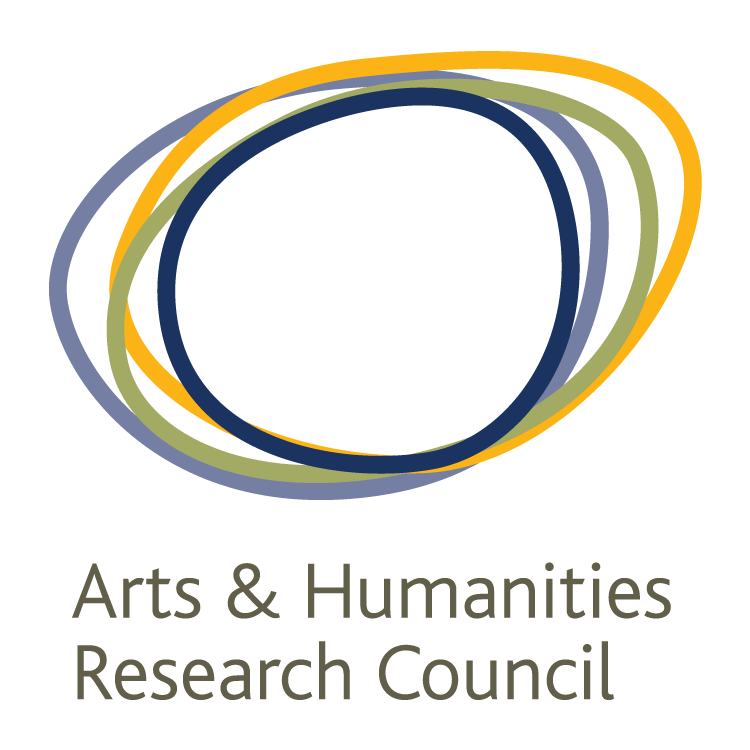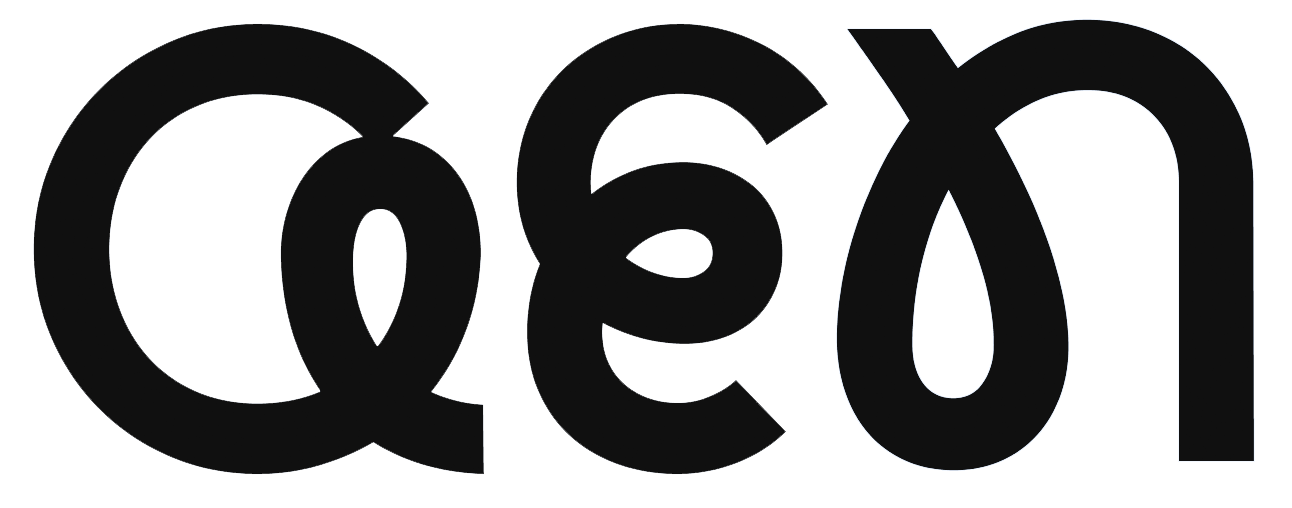Laser Scanning
Banner Images: Alex Turner using the Faro Focus to scan The House of the Beautiful Courtyard, Herculaneum; completed scan of The House of the Beautiful Courtyard; Alex Turner scanning the House of the Cryptoporticus in Pompeii, documented by Rosie Morris; Alex Turner and Ian Haynes set up the Faro Focus scanner in Pompeii; completed scan of the House of the Cryptoporticus; Alex Turner using the Artec Spider to scan surviving wooden objects from the Parco Archeologico di Ercolano collection; mesh depiction of a small Face cup from the Parco Archeologico di Pompei collection.
In the midst of an increasing use and discussion around digital technology as a research tool, Expanded Interiors sets up a dialogue between the digital humanities and the fine art creative process, whereby these methods not only act as digital documentation but also as a resource and method that feeds new creative possibilities.
Expanded Interiors makes use of laser scanning, video scanning and Structural Form in Motion to develop digital models of two Roman houses, the House of the Beautiful Courtyard, the House of the Cryptoporticus and Roman objects. Working with experienced researchers Alex Turner and Ian Haynes, the team will carry out structural scans of the houses using a FARO FOCUS 3D scanner, while selected objects from Pompeii and Herculaneum will be scanned with the ARTEC EVA and the ARTEC SPACE SPIDER scanner.
Back at Newcastle, these technical models will then be used to produce technical as well as creatively altered replicas through 3D printing and analogue techniques. These will be integrated into the on-site installations to explore fresh ways of displaying historical objects (their replica) on site.
Our Digital Technology Specialist, Alex Turner, explains more about this process on our Video Podcast: Digital Scanning and Modelling in 3D.

 (1).jpg)




